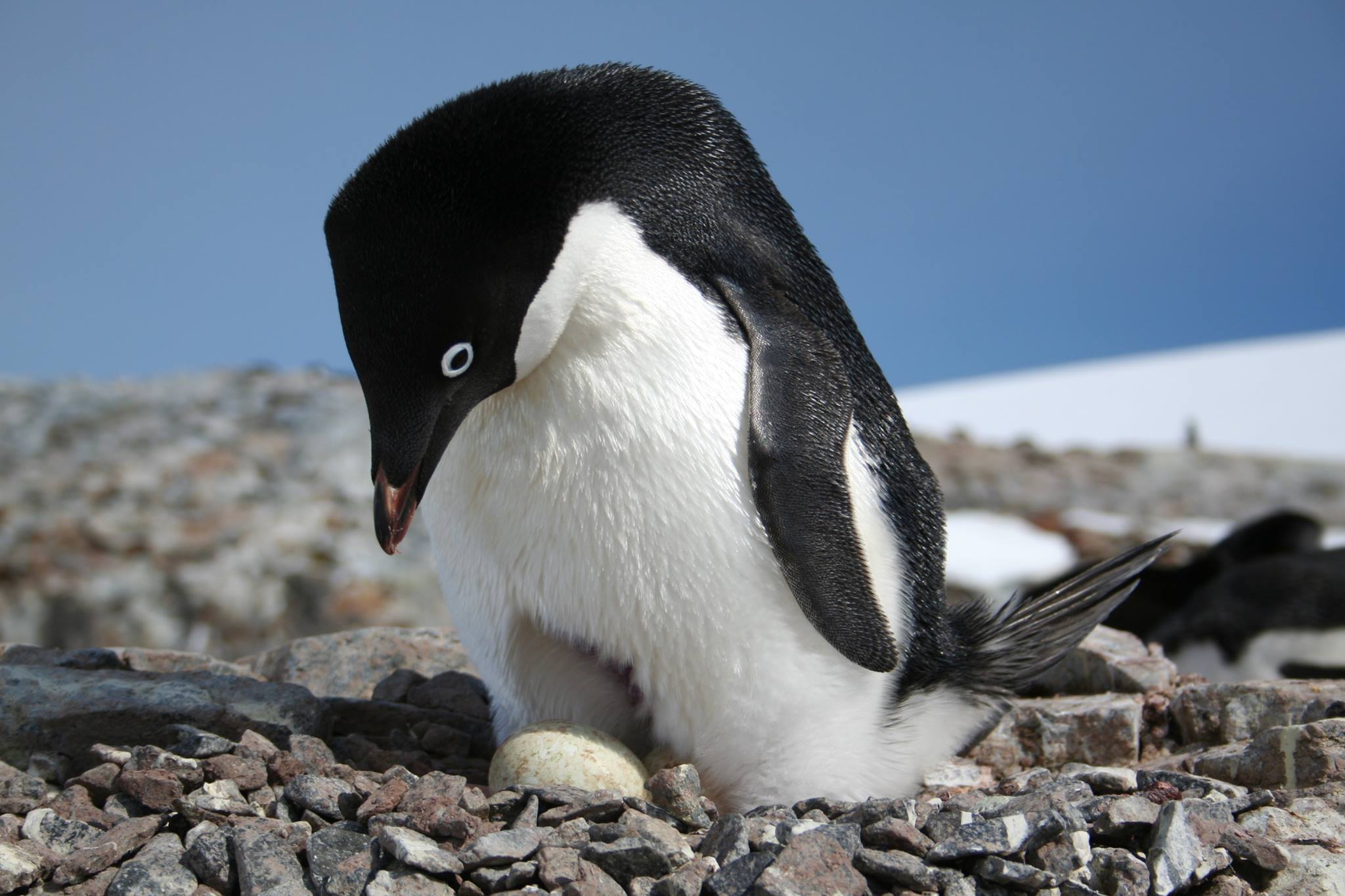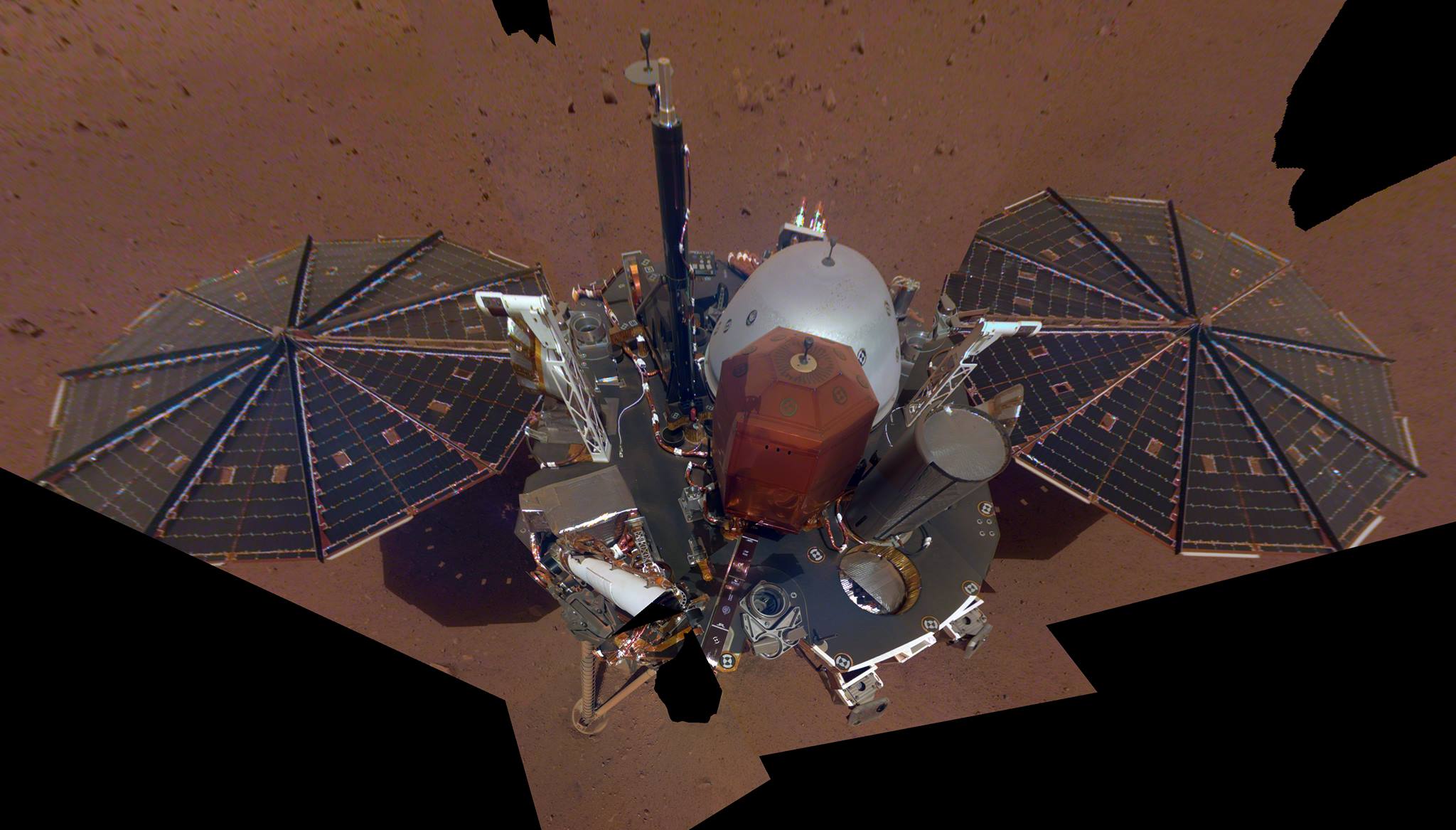Page 9619
Do you like space? 🌌 A science team is presenting about their expedition to document a supercolony of penguins in Antarctica — which they found by using NASA Earth satellite imagery! 🛰️ Learn all about how to study penguins from space! https://go.nasa.gov/2rsoF4y
Dec 11, 2018
Curry signals willingness to meet with NASA over Moon landing doubts
Posted by Alberto Lao in category: space travel
NASA offered to give Stephen Curry a tour of its lunar labs in Houston after the NBA superstar expressed doubts on the moon landings.
Three-time NBA champion Stephen Curry on Tuesday signaled that he is willing to take NASA up on its offer to tour its lunar lab in Houston after his pronouncement this week that he does not believe humans ever walked on the Moon.
During the “Winging It” podcast released on Monday, the Golden State Warriors guard asked fellow players Vince Carter and Kent Bazemore whether they believed humans had ever been to the Moon.
Continue reading “Curry signals willingness to meet with NASA over Moon landing doubts” »
Dec 11, 2018
First #selfie! I’m feeling healthy, energized and whole. This is me on #Mars
Posted by Michael Lance in category: space
Dec 11, 2018
IonQ: We’re perfecting trapped ion quantum computing to solve the world’s hardest problems
Posted by Klaus Baldauf in categories: computing, quantum physics
Dec 11, 2018
IonQ Has the Most Powerful Quantum Computers With 79 Trapped Ion Qubits and 160 Stored Qubits
Posted by Klaus Baldauf in categories: computing, quantum physics
IonQ just made a presentation on two new trapped ion quantum computers with 160 stored and 79 processing qubits. This is more qubits than the best noisy superconducting quantum computers which is currently the Google 72 Qubit Bristlecone processor.
* IonQ systems are at room temperature
* IonQ manipulates ions with magnets and lasers and have software control on mostly FPGA chips.
First #selfie! I’m feeling healthy, energized and whole. This is me on #Mars. http://go.nasa.gov/2Qn6Pi6&h=AT3Q6ffKt6_9qmkSPTO3bdwJ0GlGXlT…Qbo516oeGQ
Dec 11, 2018
NASA to NBA star Steph Curry: Yes, we went to the moon, and we can prove it
Posted by Michael Lance in category: space travel
NASA has offered to give NBA superstar Steph Curry a tour of one of its lunar labs after the Golden State Warriors guard said on a podcast that he doubts humans landed on the moon.
No, really.
Curry made the head-scratching comment on an episode of the “Winging It” podcast, which posted Monday. According to Bleacher Report, Curry brought up the subject himself during the more than hour-long podcast with fellow NBA players Vince Carter, Kent Bazemore and Andre Iguodala:
Continue reading “NASA to NBA star Steph Curry: Yes, we went to the moon, and we can prove it” »
Dec 11, 2018
Best Bitcoin wallet: Hardware or hosted?
Posted by Philip Raymond in categories: bitcoin, cryptocurrencies
 All bitcoin wallets are all digital—even a paper wallet, whether a character string or a QR code. Conversely, an exchange may use “physical” wallets to host client assets, individual application wallets, or they may simply keep records of client assets that are stored, collectively, in their own master wallet. To complicate matters, Bitcoin is never really “stored” by you or an exchange service. It is stored on a public blockchain, where assets and transaction history can be traced through time by anyone. Therefore, all forms of user access are “digital”. What the reader really wants to know is “Which form of access control is better? — custodial or personal?”
Type 1: Custodial Wallets are Managed by a Trusted Party They hold your assets. You view a statement balance—just like a bank account.
All bitcoin wallets are all digital—even a paper wallet, whether a character string or a QR code. Conversely, an exchange may use “physical” wallets to host client assets, individual application wallets, or they may simply keep records of client assets that are stored, collectively, in their own master wallet. To complicate matters, Bitcoin is never really “stored” by you or an exchange service. It is stored on a public blockchain, where assets and transaction history can be traced through time by anyone. Therefore, all forms of user access are “digital”. What the reader really wants to know is “Which form of access control is better? — custodial or personal?”
Type 1: Custodial Wallets are Managed by a Trusted Party They hold your assets. You view a statement balance—just like a bank account.
Dec 11, 2018
China Launches 1st Mission to Land on the Far Side of the Moon
Posted by Alberto Lao in categories: robotics/AI, satellites
The first-ever surface mission to the far side of the moon is underway.
China’s robotic Chang’e 4 spacecraft streaked away from Earth today (Dec. 7), launching atop a Long March 3B rocket from the Xichang Satellite Launch Center at about 1:23 p.m. EST (1823 GMT; 2:23 a.m. on Dec. 8 local China time).
If all goes according to plan, Chang’e 4 will make history’s first landing on the lunar far side sometime in early January. The mission, which consists of a stationary lander and a rover, will perform a variety of science work and plant a flag for humanity in a region that remains largely unexplored to date. [China’s Chang’e 4 Moon Far Side Mission in Pictures].
Continue reading “China Launches 1st Mission to Land on the Far Side of the Moon” »
















